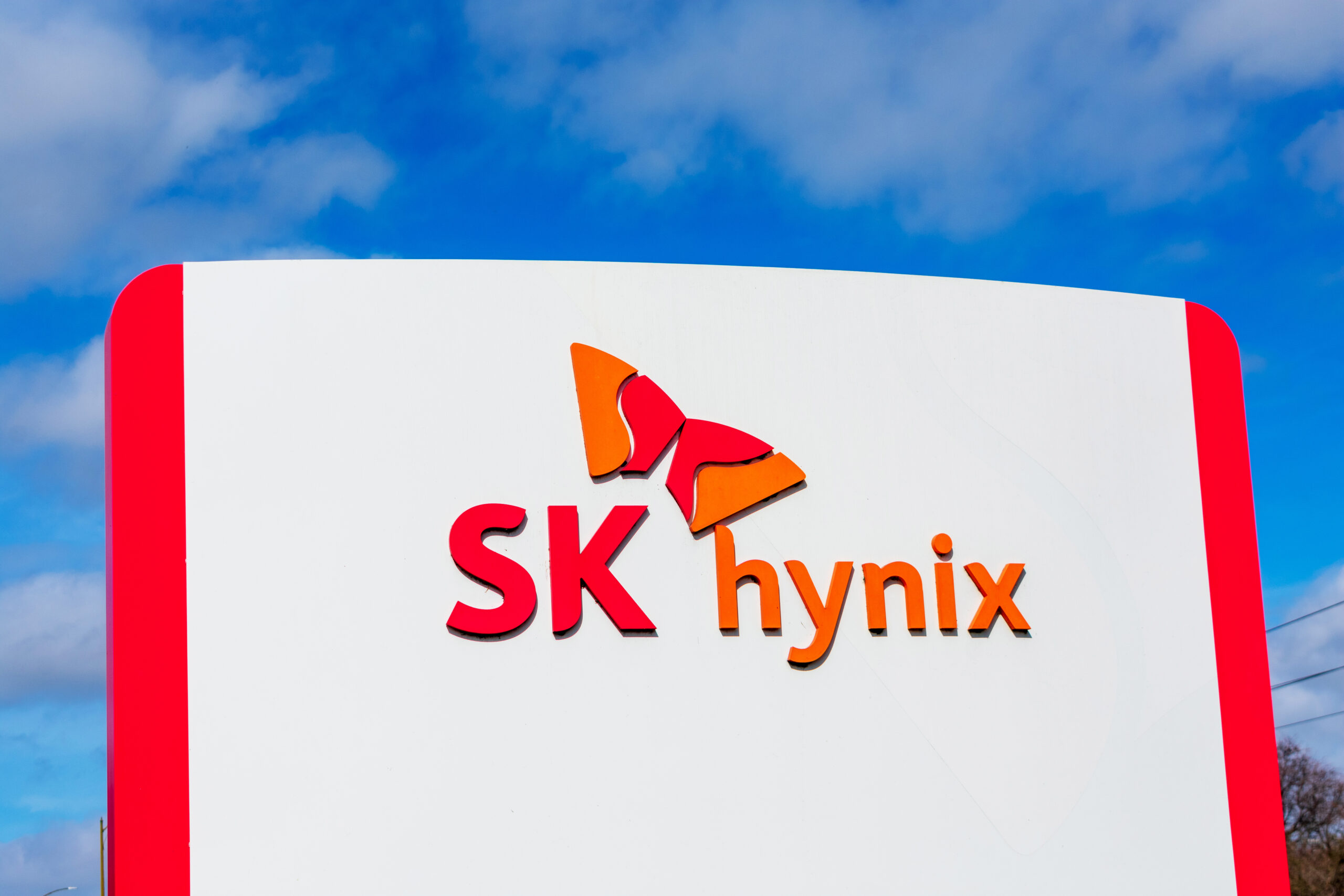
There has been a wave of innovation based on blockchain in the area of decentralized finance, which has been very successful. This is a movement that seeks to build a more secure and efficient financial system that is powered by blockchain technology.
DeFi refers to a variety of decentralized applications that allow users to bypass regular financial systems, unlocking new economic opportunities and technologies. These applications are powered by various networks of blockchains with smart contract abilities that are built-in and oracle networks, such as Chainlink.
DeFi applications allow people to trade assets and finances without the need for a third party. This has had a positive impact on the economy by making it easier for people to trade and invest their money. DeFi systems are constantly changing and evolving to create more efficient financial agreements. These agreements are powered by their advantages of being permissionless and open-source.
The DeFi ecosystem is growing rapidly – in the past few months, there has been a surge in projects focused on providing liquidity to the decentralized finance ecosystem called DeFi 2.0. This new era of innovation is making the DeFi ecosystem even more versatile and powerful. DeFi 2.0 is still in its early stages, but it has the potential to revolutionize the way financial institutions operate.
DeFi 2.0 is a new type of decentralized finance that uses some of the earlier DeFi innovations, such as lending, yield farming, and others. These protocols allow for more efficient and transparent interactions between parties in the blockchain world.
Many systems that have an on-chain functionality and have their native tokens have difficulty overcoming constraints for liquidity, which is a key focus of the prominent implementations of DeFi 2.0. DeFi 2.0 is a movement that seeks to improve liquidity in the financial industry by implementing new protocols.
This article discusses the benefits of the ecosystem of DeFi 2.0, which are based on past breakthroughs that laid the groundwork for this evolution. The liquidity issues that DeFi 2.0 protocols wish to address are also discussed.
Early developments in DeFi
The early pioneers of decentralized finance – such as Aave, Uniswap, MakerDAO, Bancor, and Compound – have built a strong foundation for the booming of the DeFi ecosystem, while adding a number of crucial components. This has made it easier for other developers to create money “LEGOs” that can be combined and customized to create unique financial products.
The early automated market makers (AMMs) Bancor and Uniswap were decentralized and helped to pioneer a new way of exchanging tokens, that too without sacrificing custody. This was a huge innovation, as it allowed users to swap tokens without having to worry about losing their investment.
This has allowed users to more easily trade tokens and has helped to increase liquidity and promote more efficient trading. Compound and Aave are two companies that offer decentralized borrowing and lending. This allowed people to earn interest on their deposits and have access to more capital than they would otherwise be able to get. This was a major innovation and will be a huge help to the economy.
MakerDAO created a stablecoin to allow the ecosystem to use it in transactions, mitigating the volatility of other cryptocurrencies. This helped to maintain a stable value for the members of the ecosystem and made it easier for them to conduct transactions.
These protocols created reliable exchanges, easy borrowing, and currency pegs that are common in regular financial markets. This helped users to have more control and stability in their financial lives.
Nonetheless, while DeFi-based services boast user control and excellent transparency, their underlying infrastructure varies greatly from that of centralized companies. These services are open, transparent, and user-controlled, which makes them a popular choice for those looking for an alternative to regular financial institutions.
The technologies used to create decentralized services are based on a number of innovative implementations. These innovations make DeFi possible and allow for greater security and privacy in the handling of data, as well as increased efficiency and cost-effectiveness.
Potential downsides of DeFi 1.0
DeFi 2.0 is a new version of the DeFi model that aims to fix some of the problems with the original model while also utilizing its strengths to provide users with exciting and new financial options. DeFi 1.0 has several limitations that are discussed below.
There are some concerns about the usability of decentralized finance platforms, particularly since these platforms are designed to allow users to easily access and trade cryptocurrencies. Due to the high UI and UX complexity of decentralized products, most users who are active are experience cryptocurrency enthusiasts.
This may get hard for new users to get started, leading to a majority of users who aren’t well-versed in the technology. Digital inclusion is a desirable goal, and the mainstreaming of crypto by projects such as Defi 2.0 will shape the future of DeFi.
Scalability doesn’t mean that things are simpler. There are continuing problems with long wait times and high fees for the approval of transactions. This makes it difficult for users to have a satisfying experience. Decentralized finance solutions are based on the blockchain of Ethereum, and as the network grows and more users join, transaction costs increase, and there are significant delays.
Since DeFi devices are only useful for users with a good deal of money to spare, those who don’t have that much money are unable to use them effectively. Many people are abandoning DApps in favour of more lucrative investment opportunities, which shows that their short spans of attention are limiting their potential.
While yields on blue chip stocks are lower than they have been in the past, this is not because investors are particularly interested in these stocks. In fact, many investors are turning away from these types of stocks in favour of more speculative investments. This situation has led to a recurring problem of farmers and dumpsters, which has negatively impacted the practice’s cash flow as well as some other issues.
By trading on decentralized exchanges and automated market makers, you can maintain the price of your tokens without having to adjust them. An incentive program is able to offer a short-term break for investors, but it is not the best solution and poses a greater risk than traditional investing.
Oracles play an important role in the DeFi ecosystem, but some projects remain ignorant of their importance and reject incorporating a reliable oracle. These projects believe that oracles are unnecessary or that they are too risky to use. This can pose a challenge for projects that rely on oracles to function properly.
However, oracles can be extremely helpful in ensuring the reliability of a decentralized finance ecosystem. A number of protocols have been compromised, and as a result, they had to spend money to fix the damage. This has often resulted in increased security measures being put in place, which can ultimately lead to increased costs for those involved.
DeFi 2.0 is a new protocol for decentralized finance that allows for secure and fast transactions between parties. It improves on the original DeFi protocol by allowing for more complex financial contracts, as well as more efficient communication between participants.
What does DeFi 2.0 aim to achieve?
Today’s DeFi apps are different from the earlier ones. They are designed specifically for businesses, with a focus on helping them achieve their goals. This different focus is part of what has made the new apps so successful. DeFi 2.0 protocols are designed to help build the next generation wave of DeFi products by leveraging the success of the DeFi 1.0 products.
These protocols allow developers to create innovative DeFi applications quickly and easily. They allow for more efficient and secure transactions, which will help keep the financial system healthy. These latest DeFi protocols are designed to ensure the long-term sustainability of the sector.
The problems with the sector are that it is reliant on third-party intermediaries, and the tokens used to secure liquidity don’t have a significant connection to the global economy and traditional finance. Some of the pioneers of the DeFi 2.0 movements are centred around developing strategies for maintaining liquidity over an extended period of time.
A pioneer in developing a reserve currency that is decentralized is OlympusDAO. This protocol intends to create a system where participants can store and exchange value without the need for a centralized authority. This is a significant step forward in terms of improving the overall functioning of the financial system, and it is exciting to see such innovation in the marketplace.
OlympusDao has announced a tool called Olympus Pro which will allow various DeFi protocols to utilize the bonding process to acquire liquidity. This demonstrates DeFi’s continuing focus on the B2B market.
This is a big step forward for DeFi, as it allows more protocols to become more easily accessible and liquid. This is a significant development, as it shows that DeFi is moving beyond its traditional focus on blockchain technology and into the broader world of business.
DAOs, or Decentralized automated organizations, will benefit from the introduction of value mechanisms that are controlled by the protocol, which will help to ensure the reliability and security of transactions. This would allow DAOs to manage their own resources in a more efficient and decentralized way without having to rely on third-party intermediaries.
With these latest DeFi products, DAOs will have powerful tools that can help them compete with various organizations, showing that the movement’s focus on business-to-business relationships is sound.
The innovation of DeFi 2.0 and second-generation decentralized finance protocols
DeFi 2.0 is a new wave of innovation in the world of DeFi, with protocols that improve upon the original DeFi model. These new protocols allow for faster and more efficient transactions, making the DeFi ecosystem even more valuable for both users and developers.
The research for DeFi 2.0 started when people realized DeFi’s limitations and began looking for better solutions. This led to the development of appropriate technologies. The market is always in a state of flux and is always adjusting to new information and conditions. This is what keeps it afloat and makes it a valuable tool for making financial decisions.
DeFi 2.0 projects have found success by using various solutions to help them grow. Let us have a look at them.
Layer-1 and Layer-2 scalalibility
The scalability of a system is the ability to grow and adapt as the needs of the system change. This can be done by adding additional layers to the system or by modifying the system’s underlying architecture. The Ethereum network is difficult for consumers to use, and most people have not been able to use it because it is too expensive and takes too long to get transactions done.
This has been a huge obstacle for the users of DeFi, who are often new to the technology. With DeFi, you have a lot of options, which makes it quite attractive. Since the scaling issues of Ethereum are a major concern, it’s important to find a solution that allows users to interact with DeFi without having to deal with those issues.
Some people have suggested using different blockchain networks, but this approach has several problems. Another option is to use DeFi platforms that are not built on Ethereum, but this option is also not ideal. Eventually, some people are advocating for a new blockchain network that can address Ethereum’s scaling issues. However, this approach is still in its early stages and has a lot of potential challenges.
Some of the leading blockchain companies, including Polygon, BSC, and Solana, received a large influx of cash. This money is used to help deliver the features users demand most.
This could lead to a significant increase in the number of transactions that can be processed per second. This would allow more people to use blockchain technology, which could, in turn, lead to a new wave of innovation. There are potential solutions to the issues of scalability that could create a wave of growth in the next market cycle.
Liquidity yields
A way to increase liquidity and lure more capital and users into the decentralized finance market would be to provide high yields on investments. Third-party providers of liquidity helped to alleviate the liquidity issues for token pairs by allowing anyone with enough money to offer liquidity for them.
The lack of liquidity due to swapping can make it difficult for users to get the liquidity in the environment of a DeFi protocol and thereby discouraging users from getting involved in it if they’re not confident there will be enough liquidity available. Without the participation of consumers in the transactions of tokens, there would be little incentive for intermediary actors to motivate them to pool the tokens they hold and offer liquidity.
This led to a breakthrough in DeFi technology, which in turn helped to further develop the field. As liquidity for DeFi protocols has become increasingly difficult to find, yield farming has become an increasingly popular solution.
Yield farming is a way of exchanging tokens between users through an AMM. The user receives LP tokens in return, and then the LP tokens can be staked in order to receive returns in the native token of the project. These emerging DeFi protocols enabled a significant amount of liquidity to be generated to support startup and operational activities, reducing slippage for individuals who decide to use the ecosystem.
As the entry cost of DeFi projects has decreased, the quantity of DeFi protocols has expanded. This shows how yield farming has made DeFi accessible to more people and created more project options.
Centralization
DeFi is more than just a place where people can make money. It’s also a place where people can pursue their own interests and be independent in their decisions. Still, many DeFi protocols remain under the control of a few powerful entities, which has led to a faith loss among the users of DeFi. In order to combat these problems, DeFi projects often put a priority on the decentralized features of their projects.
The DAO has become a popular way for people to have a say in the evolution of the project. This popularity has led to the DAO becoming a powerful tool for the development of new projects.
The evolution of DeFi keeps on going as more and more developers find it to be an essential part of their workflows. With more tools and platforms becoming DeFi-compliant, the options for dealing with value are growing exponentially.
Conclusion
DeFi 2.0 is a new protocol and framework for building decentralized systems. It provides a modular and composable architecture that makes it easy to build smart contracts, dApps, and other blockchain applications. DeFi 2.0 supports peer-to-peer transactions and allows users to interact with each other without having to trust a third party.
With DeFi 2.0, projects have the necessary tools they require to keep advancing decentralized finance. This includes features that make it easier to manage transactions, manage assets, and build dapps.
Tokenhell produces content exposure for over 5,000 crypto companies and you can be one of them too! Contact at info@tokenhell.com if you have any questions. Cryptocurrencies are highly volatile, conduct your own research before making any investment decisions. Some of the posts on this website are guest posts or paid posts that are not written by Tokenhell authors (namely Crypto Cable , Sponsored Articles and Press Release content) and the views expressed in these types of posts do not reflect the views of this website. Tokenhell is not responsible for the content, accuracy, quality, advertising, products or any other content or banners (ad space) posted on the site. Read full terms and conditions / disclaimer.




